Components to develop
Fixtures compatible with a standard kitchen digital scale as the force measurement instrument
Test fixture to measure tensile force to separate magnets and magnet+steel target
Test fixture to measure shear force to separate magnets and magnet+steel target
Test fixture to measure peel force to separate magnets and magnet+steel target
Test method for each force measurement - tensile, shear and peel
Spacing shims in increments of typical 3D printing layer thicknesses
Requirements
Test fixtures shall be operable using one hand (to allow for picture or note-taking).
Shall measure force up to 5kgf.
Shall accommodate up to 7 magnets or targets per side.
Shall allow for testing any number of magnets or targets up to the maximum of 7.
Shall control the face-to-face gap between mating magnets.
Shall identify the tolerance of magnet position for a given set of fixtures.
Shall accommodate magnets in any orientation (all N up, alternating N and S up)
Desirements
Could accommodate more than one size magnet or target in a single printed fixture. Only a single size would be tested simultaneously.
 Matt
Matt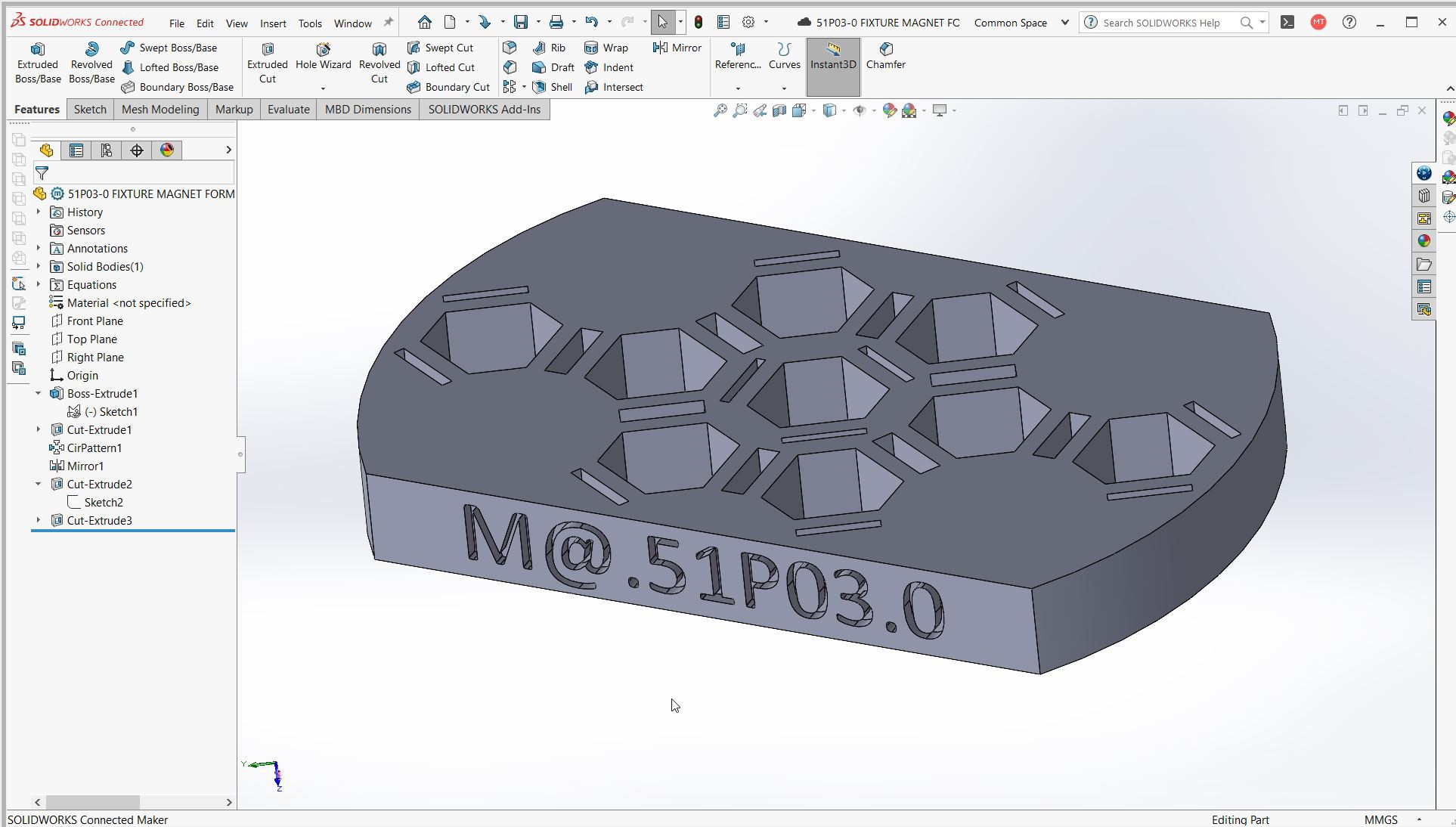
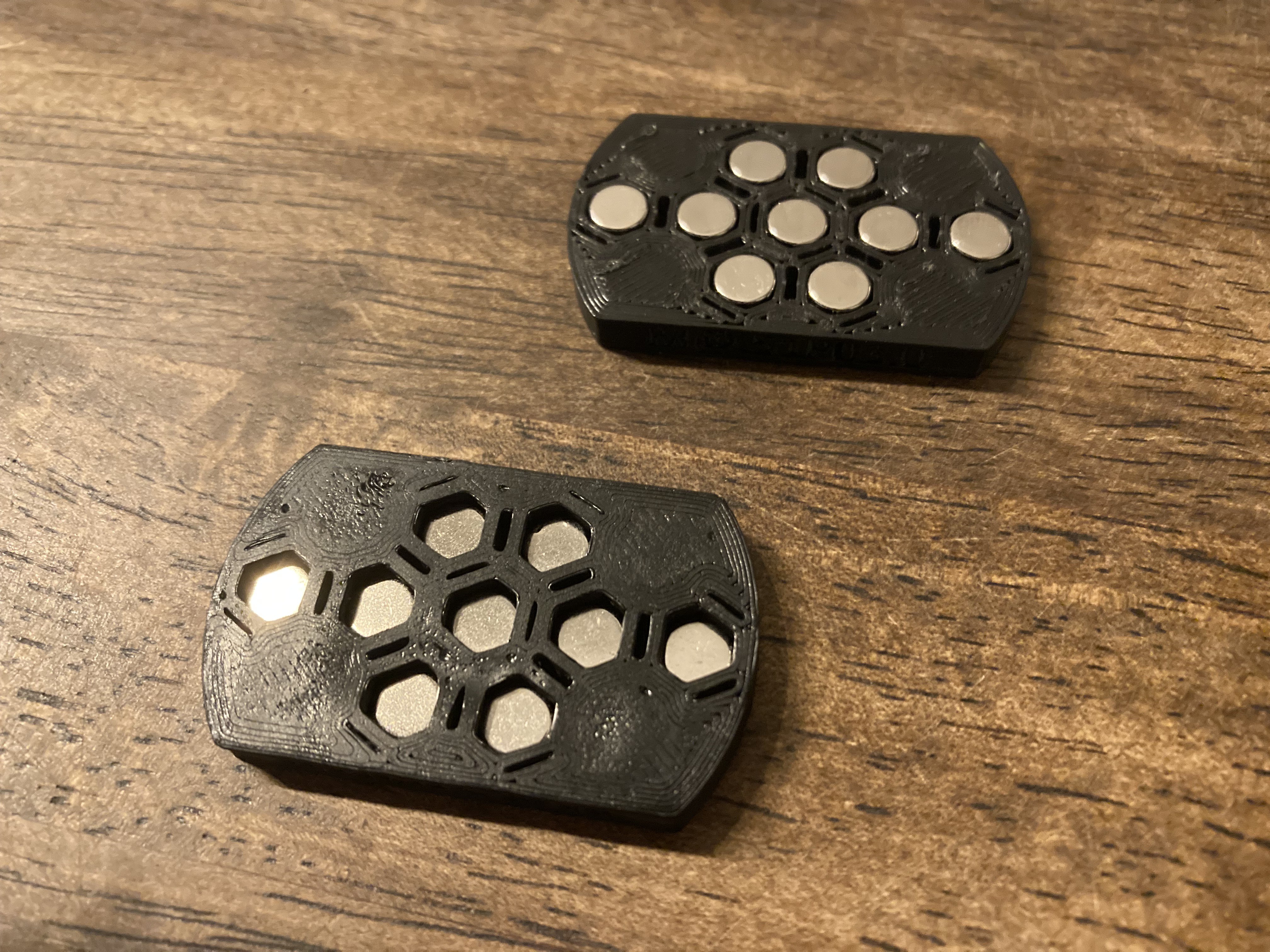
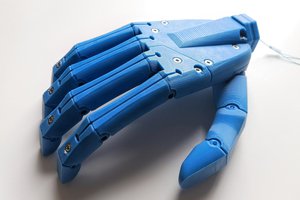
 Supercell
Supercell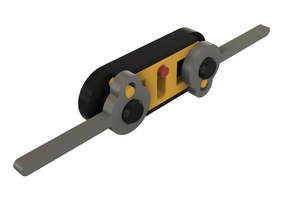
 Greg Zumwalt
Greg Zumwalt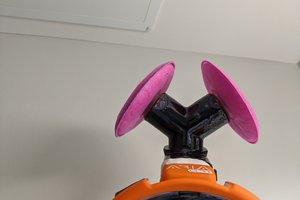
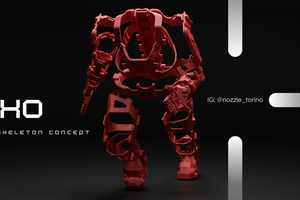
 Andrea Piccinno
Andrea Piccinno